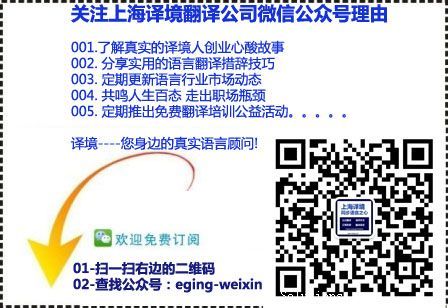E-ging Solutions is a world-leading Shanghai translation company with specialties in Korean translation.
Korean is a unique language. Lots of people may think that it is very closely related to Chinese or Japanese, due to proximity. In reality, Korean has an atypical etymology as a language isolate. This means that it has no genetic relationship with any other language. Korean is the largest language isolate in the world! However, it is important to point out that while Korean and Chinese languages differ in terms of grammatical structure, a majority of Korean vocabulary is derived from Chinese loanwords
One of the things that makes the Korean language unique is the Korean alphabet, known as Hangul. The Korean alphabet has 24 letters. The letters form syllables with which the Korean language is written.
HISTORY OF THE KOREAN ALPHABET
Time for a brief history lesson! During the Joseon Dynasty, King Sejong (known as Sejong the Great), commissioned a group of scholars, known as the Hall of Worthies. One of their assignments was to come up with an alphabet to represent the Korean language. The completion of this project occurred sometime between 1443 and 1444. The goal was to help promote literacy. (The educated elite used Classical Chinese characters, called hanja, to record the meaning of Korean speech.)
The use of Hangul was opposed by the Korean literary elite for centuries after. In the 16th and 17th centuries, it began to find its way into literature. Korea was a colony of the Empire of Japan from 1910-1945. During that time, Japan ordered mandatory public school attendance for Korean children. Hangul was taught in a formal setting for the first time. This continued until 1938, when Japan banned the Korean language from schools along with any publications in the Korean language (in an attempt to assimilate Koreans). After World War II ended, Hangul was adopted as the official Korean alphabet upon Korea’s independence.
A DAY TO HONOR THE KOREAN ALPHABET
Korean Alphabet Day is an important national and cultural holiday for Koreans. It is celebrated on October 9th in South Korea and January 15th in North Korea. The holiday honors the invention of Hangul and its proclamation as the official alphabet of the Korean language. In South Korea, the holiday is known as Hangul Proclamation Day. In North Korean, the holiday is known as Chosŏn’gŭl Day.


